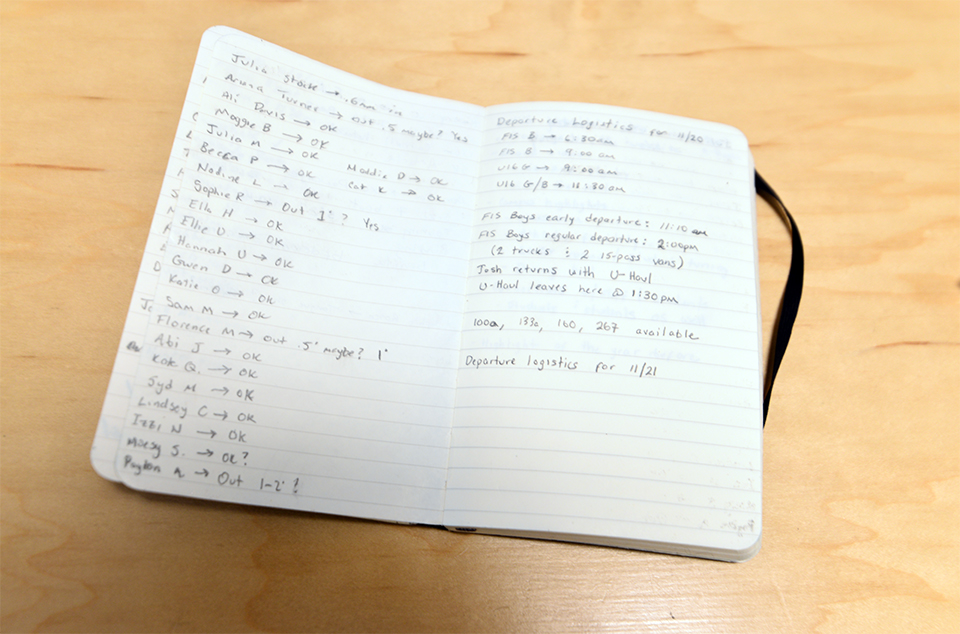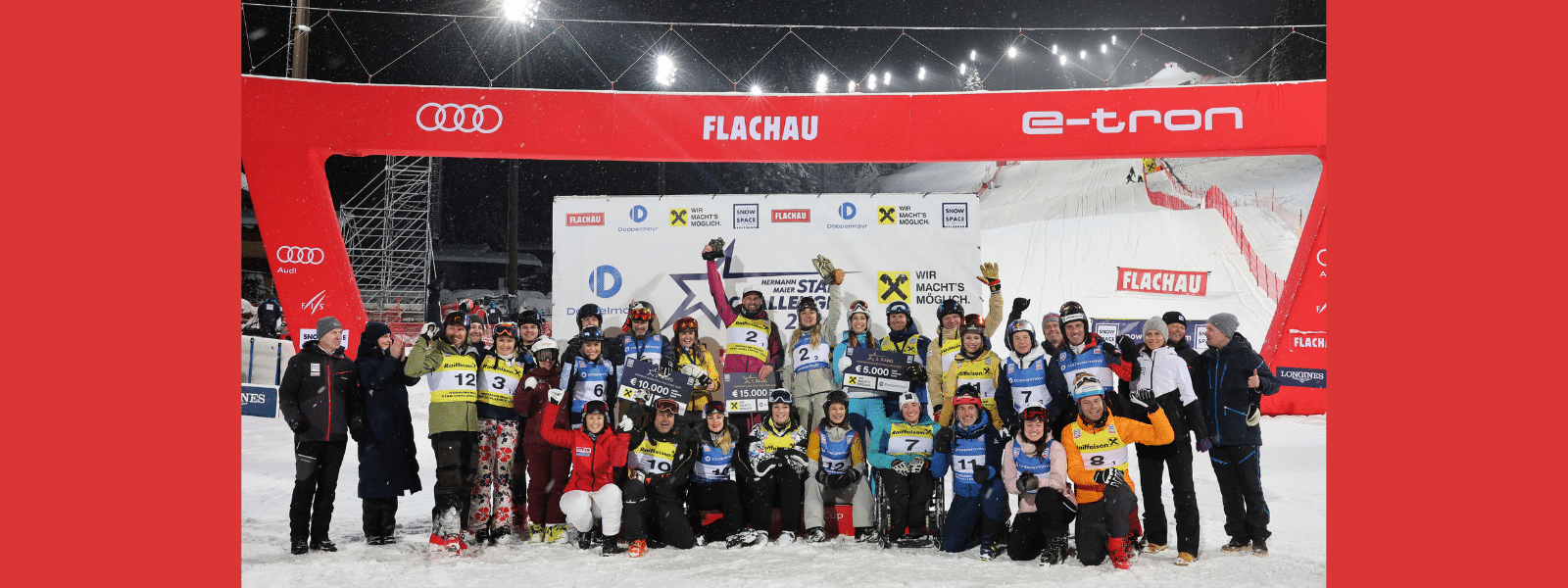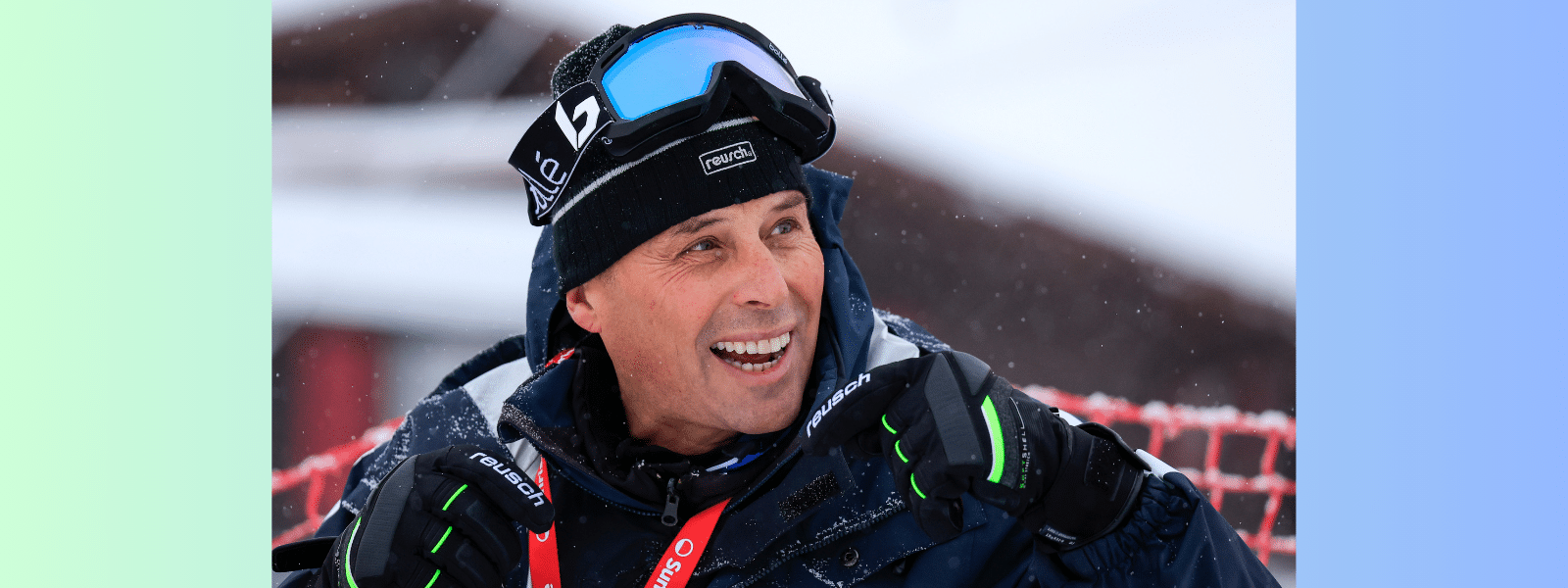Backshop: The Ski Racing Diaries
How keeping tabs will help you top the podium
Quick, what’s the most important tool in your equipment prep? If you answered “a pencil,” you’re on the right track. Recordkeeping is a critical step in maintaining your skis. Whether you’re noting when skis have been ground, what waxes you have used, if a particular pair has sustained any damage, or even the number of days on snow, they’re all minor details that provide a “macro” picture of your skis. And this macro picture allow you to make informed decisions about when and where to roll out a given pair of skis.
 Good record keeping helps you know what’s what with your skis
Good record keeping helps you know what’s what with your skis
“You don’t need to go crazy with recordkeeping, but you will definitely benefit from a system or routine that works for you,” says Jonathan “Napa” Weyant, adding that a daily tuning process with identical steps will provide confidence in consistency, regardless of discipline or age. “I have a system that every ski goes through,” he says. “I’m less concerned with how many days on snow the skis see, but I’m always thinking about what we are doing to dependably keep the skis in good shape and improve their on-snow performance.”
In your recordkeeping, remind yourself to avoid adding new “tricks” to your repertoire the night before a big race. “If you read about a new tactic that requires a crazy amount of new work, be very, very leery,” says Napa. Nothing will impede athletic performance spending all night tuning instead of sleeping. “Remember, comfort and competency are key,” says Napa. “You won’t do it if it requires an obscene amount of work or if you don’t feel good about it.”
 A notebook for your skis keeps all your info in one place.
A notebook for your skis keeps all your info in one place.
Your equipment log can also track time devoted to each set of skis. Your tech skis — which see more races — may seem to warrant the majority of your time, but what about the idea of investing time in creating rocket-sled speed skis? “Speed skis get ground less, but they don’t see as much abuse and we are working on them more when they’re not on snow,” says Napa. “Tech skis don’t get as much time in general, but I definitely grind the GS skis a fair amount because — let’s face it — wax is so far down the list if the base isn’t flat and the bevels aren’t correct.”
Once a week, check your skis with a true bar to make sure you’re not pouring effort into skis that are not in need of major maintenance.
Napa also advises staying away from the trainer/racer mentality — instead, spend equal time skiing on all of your skis to allow the bases to “run in,” effectively making them faster. How? Your new skis (or skis fresh from the stone grinder) have sharp peaks and valleys in the structure of the base. By skiing all of your skis equally, you will allow the sharp peaks and valleys to become more rounded, and thus faster at channeling water. You can also speed this process up by using a stiff fiber or brass brush to “round out” the valleys, and a green abrasive pad to “knock down” the peaks.
Spreading the ski time out on all of your skis will also “wear” them out at a slower pace. This is especially important on today’s training courses with slalom skis, where the intensity and abrasion on the base of the ski is extreme. Many racers who fail to spend equal time on all their skis end up with a training ski that has a round bottom, and a racing ski that is still factory-flat. This makes for interesting skiing on race day when the feel of the “race” ski is completely different from the trainer you skied on all week.
Keeping track of what you do to each ski as you develop and finalize your procedure helps you cultivate good habits. Once you have a routine in place, you can minimize your written notes and focus on perfecting each step. For race day you can do some more brushing and polishing, but generally speaking, you’re doing the same thing to both skis on a day-to-day basis. “High-quality condition of the ski is paramount,” says Napa. “You can write down whatever you want, but keeping your skis in good shape is what really makes the difference.”





















